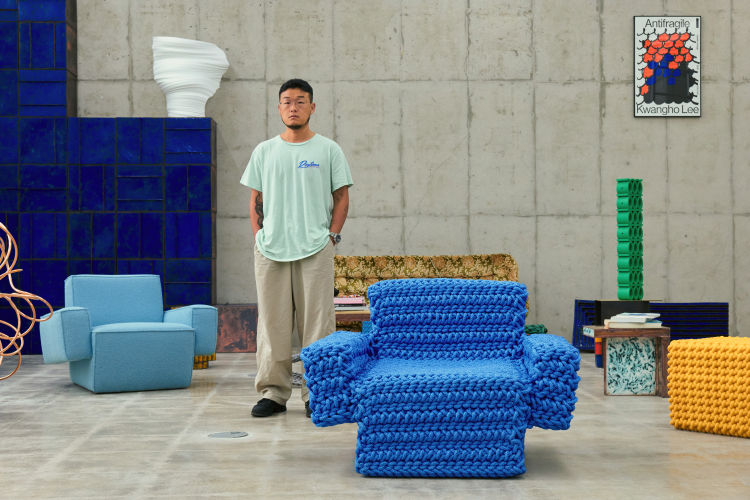In the studio: Kwangho Lee
The Hunk Lounge Chair and Glyph Side Table, mark our first collaboration with Seoul-based designer Kwangho Lee. The elemental block-like form of the Hunk Chair is a ground-breaking construction with the filling made entirely from natural materials, while the Glyph Side Tables are like small sculptures punctuating a living space. The Hunk Chair and Glyph Side Tables are both an elegant balance of soft curves and crisp lines, available in a range of different colors, and can be mixed and matched together!
Photography Jihoon Kang
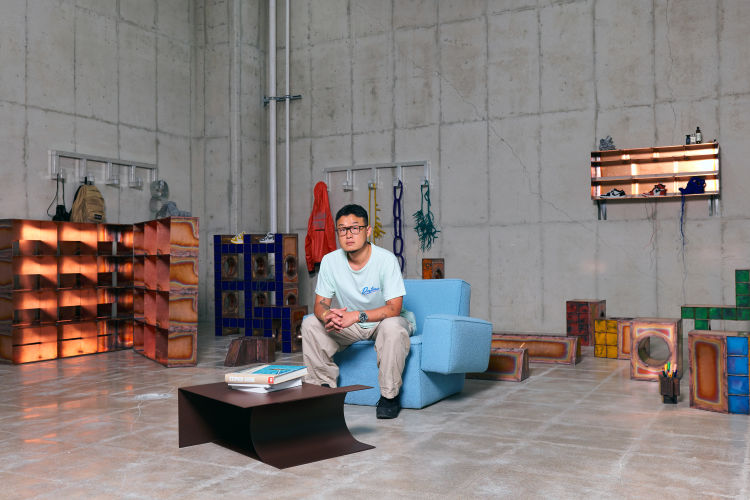
What was your idea behind Hunk Chair?
It’s inspired from my signature work ‘OBSESSION’ series, which I began in 2009, Hunk is a more comfortable and practical version of the armchair I made in 2010 in pvc. The start of the series was simply focused more on the act of using a line(rope) and creating it into ‘something’ just by making knots. Without any base structure it’s all about the material and knot, therefore the best way to present this was going with the simplest figure. And as time goes by the chairs transform their shape naturally depending on the weight and nature of the material.

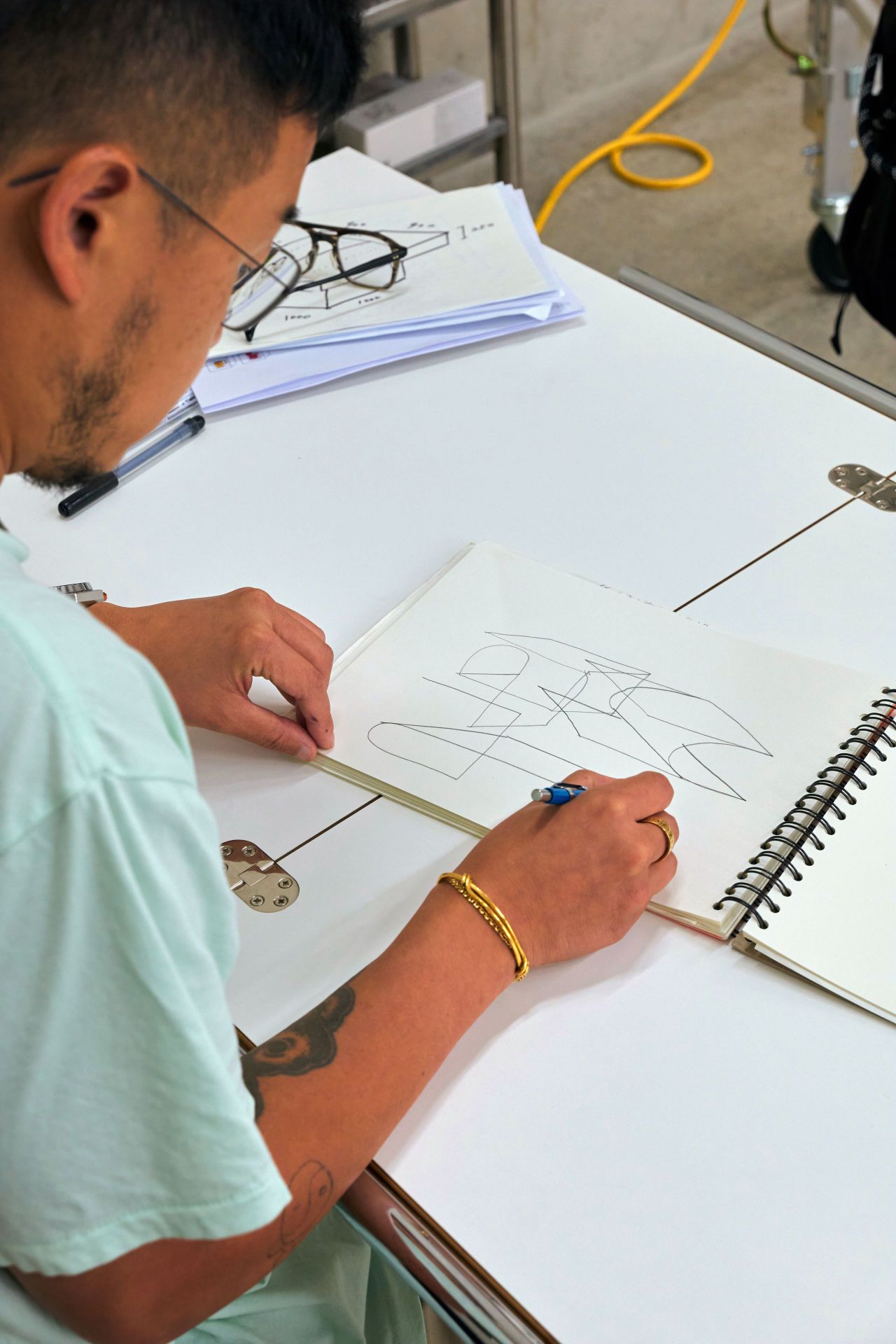
What inspired the shapes/forms of the Glyph Side Tables?
The mother work NEW ARMOR series was inspired from the armours used during the Korea Joseon Dynasty (1392~1910). One day I came across the TV news about the armors found underground and at the same time triggered a new idea. Together with the historic significance and the emphasis of time, the shape inspired by the form dedicated to protecting the human body, it was like recreating a new armor. The curves and straight lines of the shoulders, the torso and the back were rearranged into a new form, new armor. Based on this original work, Glyph was transformed to be more like the hieroglyphics rather than the armor. Each table has its own unique shape as if they’re creating a new word constantly.
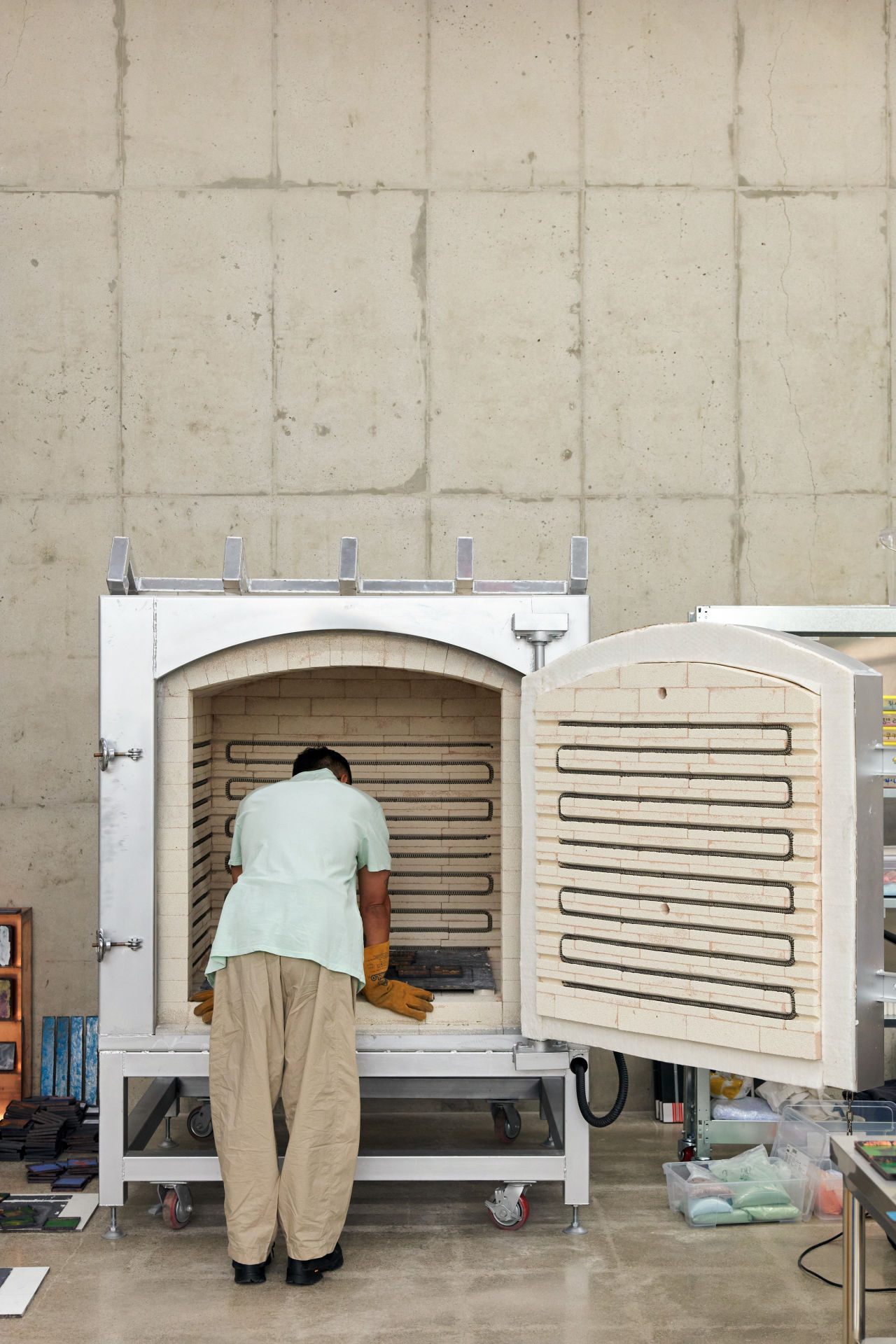
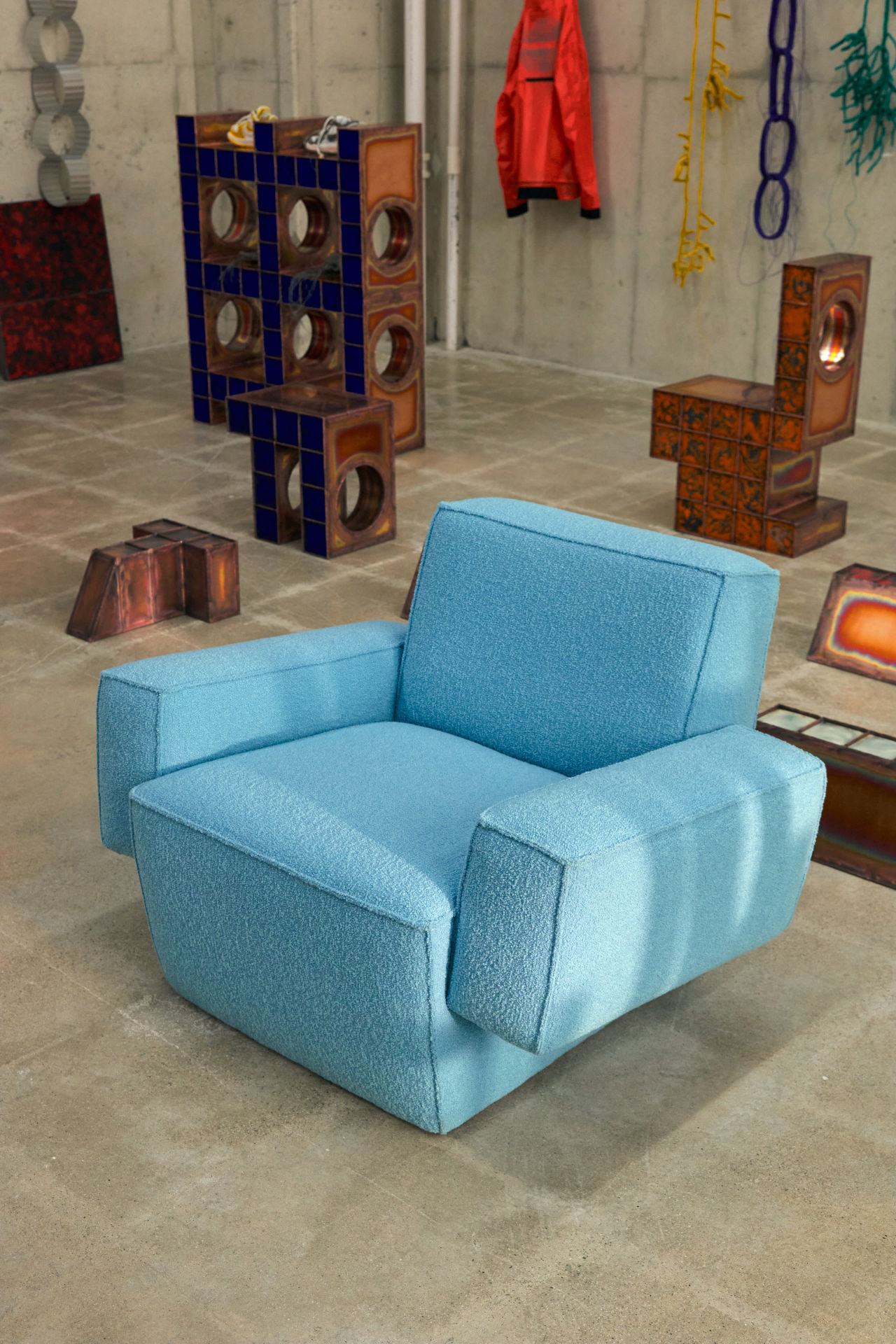
What is your starting point for designing a new piece?
I begin with deciding the material. I study and understand the characteristics, strengths and weaknesses and begin my journey of finding the best form, proportion, methods. Thus, repetitive processes are a big part of how I work. It takes a lot of time from the beginning until I come out with the actual work; decision of the material, the many tests I make, to come up with the final method and manufacture. Working with Hem required a slightly different way of using my time, for instance on the things I should consider more importantly under the circumstance that it’s mass production. It was a great experience because I could learn a new side.
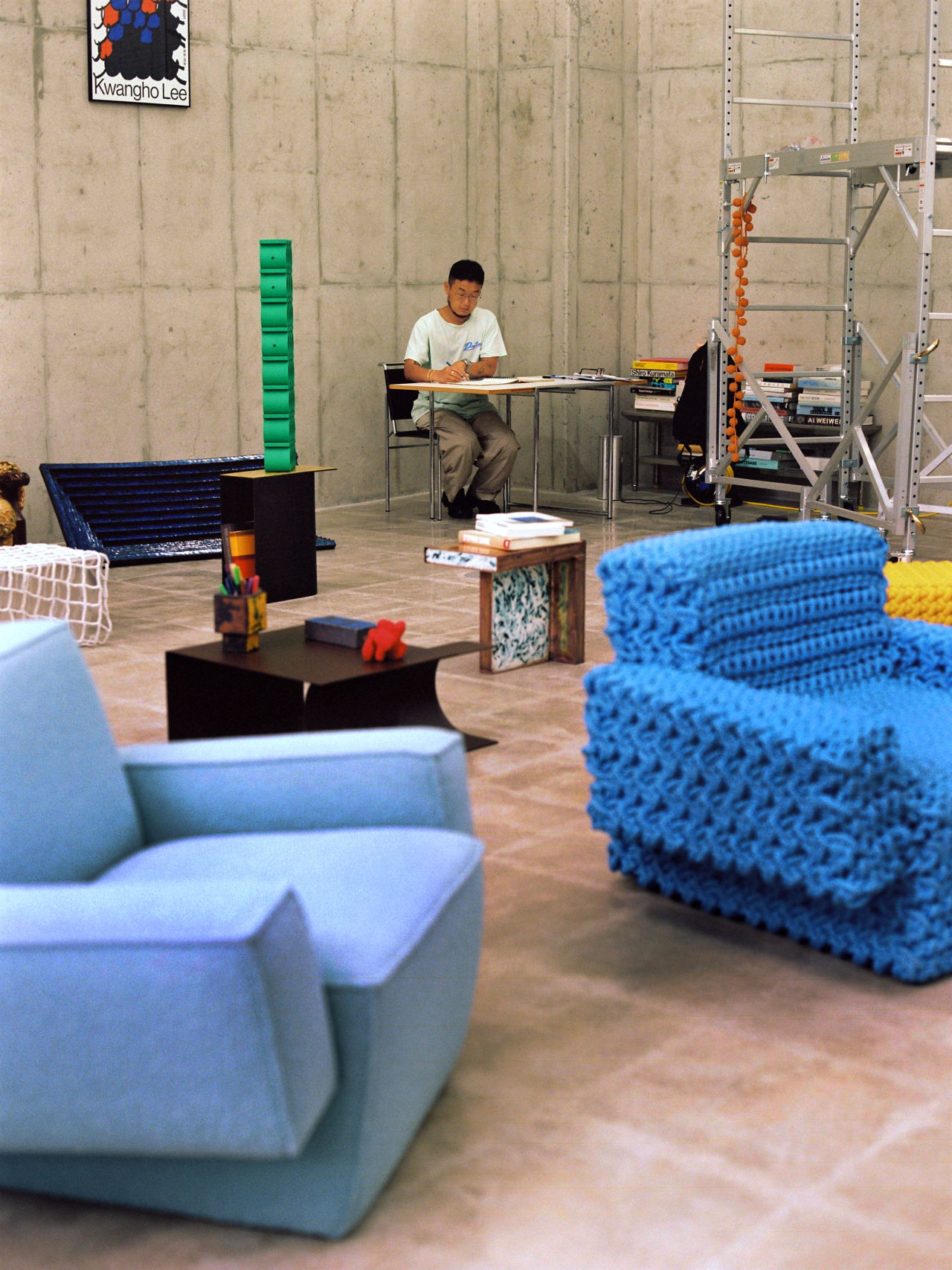
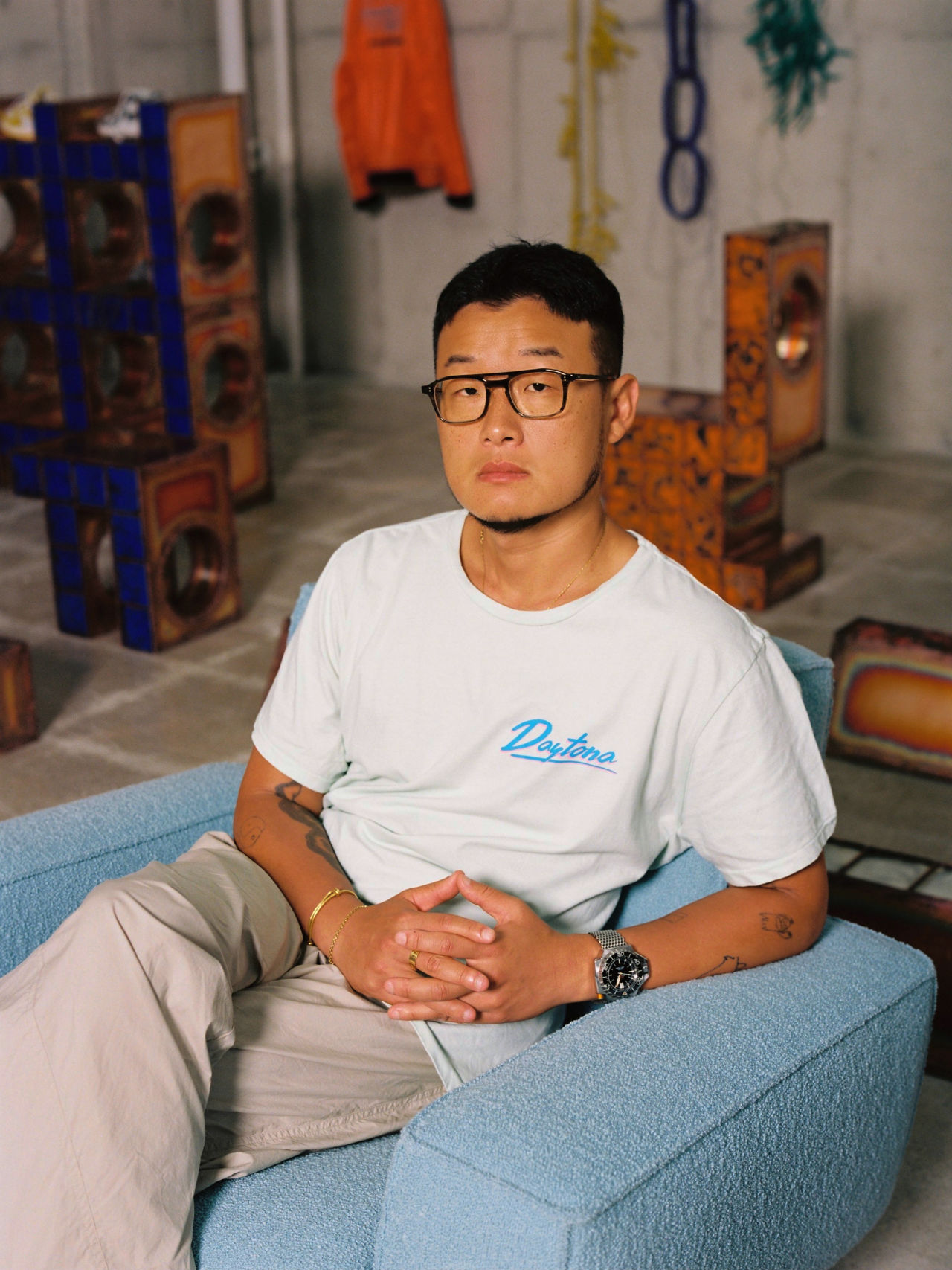
Does your process for creating a more mass market product change from when designing for collectors / commissions?
There’s only a slight difference. Working with Hem for the mass market was like another commission project and the fact that it targeted a more variety of users and collectors was pretty exciting. And through our collaboration I was able to understand more about the mass market and surprisingly there were quite some similarities to the way I work. Shape, material, color – all of these basic but essential elements were discussed together and I could feel a great connection with each other’s way of working.
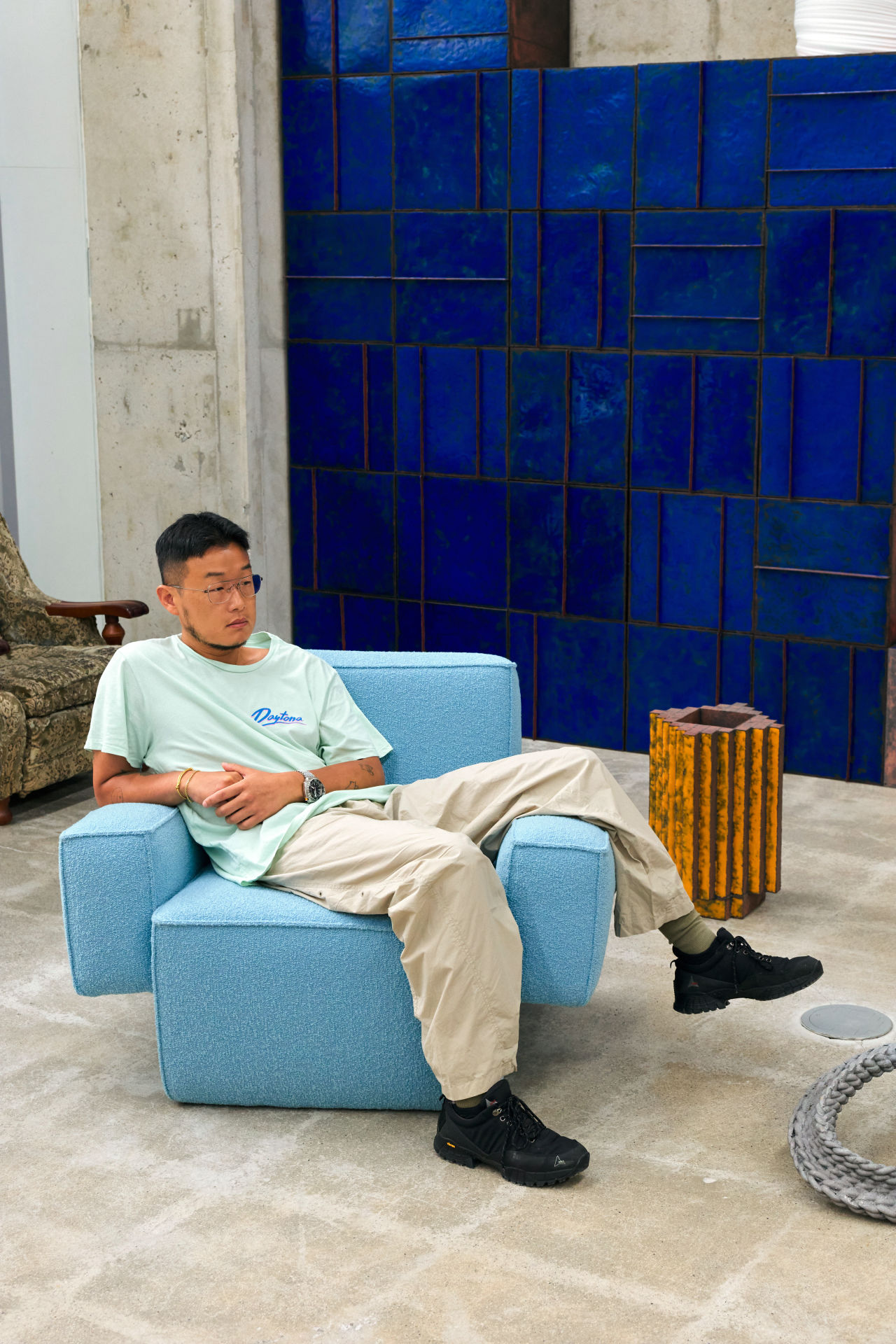
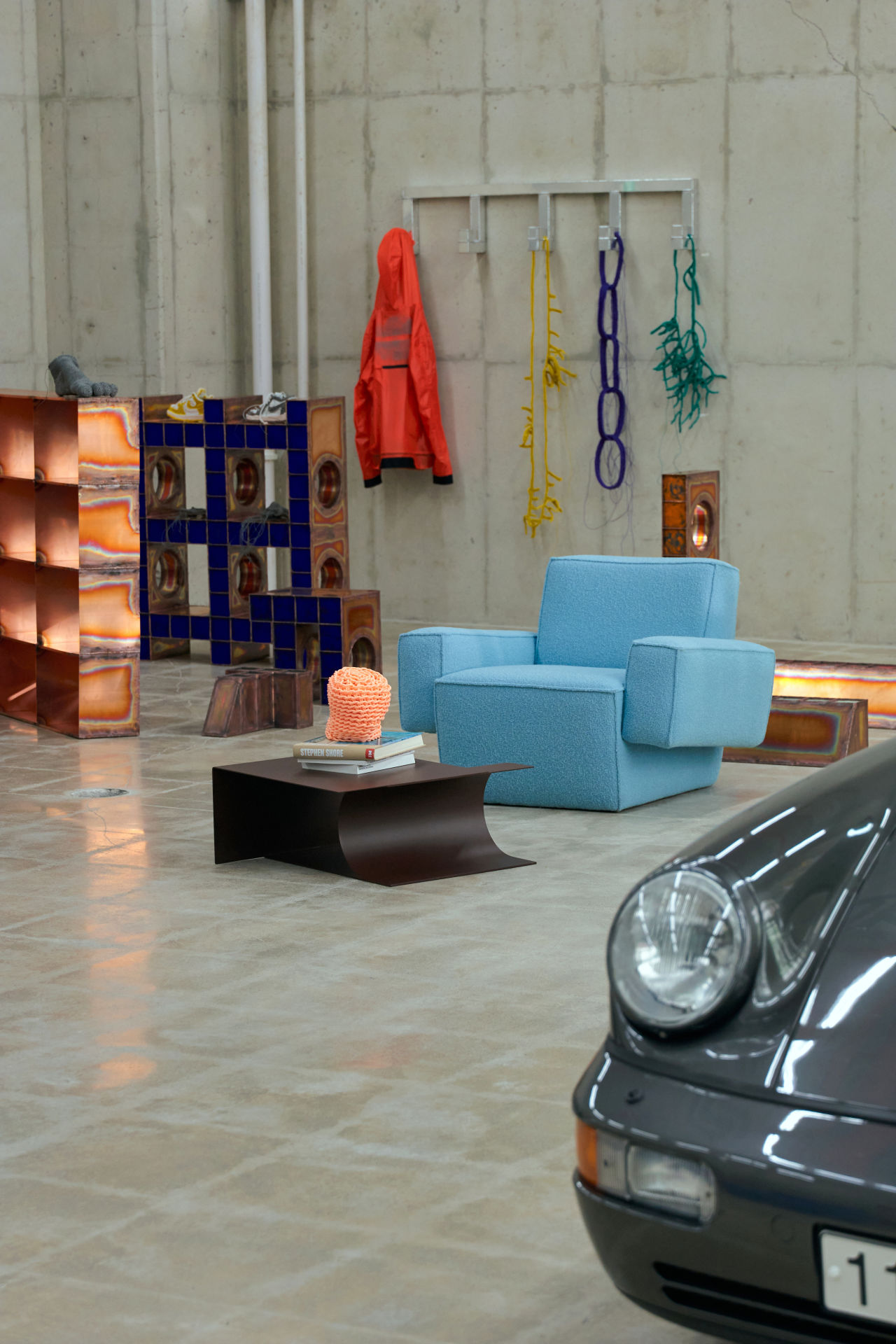
Do you envision a specific environment for your designs?
I imagined a wide and hollow space, and a small crowd using my furniture arranged casually. If it were a scene from a movie, close to something like Blade Runner or EX-Machina, in a space where the past, the present and the future co-exists.
